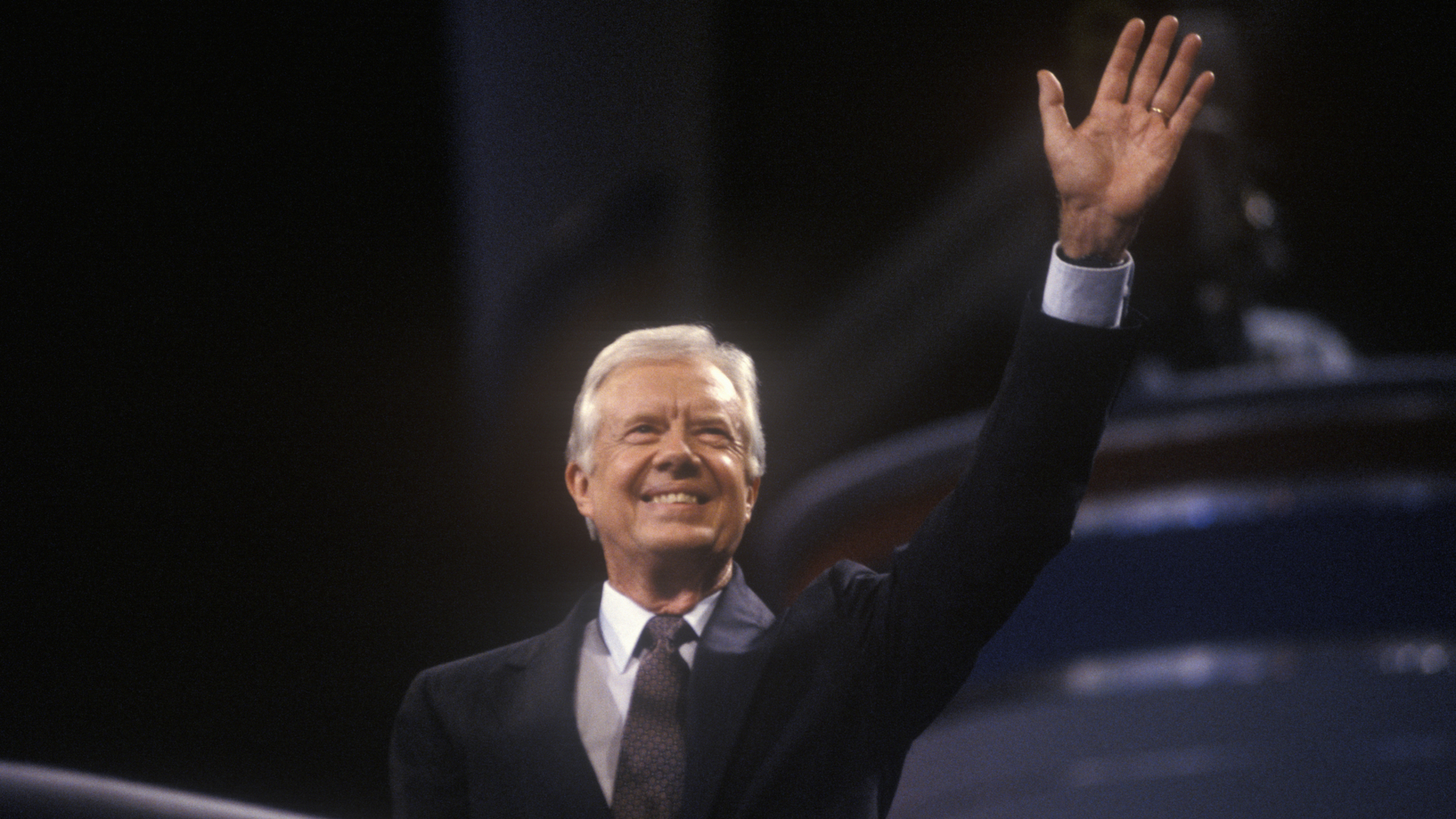Image is of former President Jimmy Carter who signed the Staggers Rail Act into law in 1980.
In 1887, the 49th Congress enacted the Interstate Commerce Act to combat monopolistic practices of the railroad robber barons of the day. This act demanded that rates be “reasonable and just” but stopped short of giving the government the power to fix specific rates. This allowed rates to be kept higher where competition existed, but more importantly made rates and discrimination illegal. In this definition of discrimination, we are referring to the railroad’s ability to lower rates for certain customers including politicians and other monopolistic companies from different industries.
These regulations stayed in place for over 100 years with minor amendments and adjustments, but in 1980 President Jimmy Carter signed into law the “Staggers Rail Act.” This was a bill to reform the economic regulations of railroads through significant deregulation. These deregulation allowed the rail carriers to establish any rate for rail service, removed the scope of authority to control rates preventing “discrimination,” and the dismantling of the collective rate-making machinery among railroads that began in 1976. In effect, this law has made the possibility of consolidation of the railroad industry easier, which can be seen by the decrease in Class I Freight Railroads from 33 in 1980 to a soon to be 6 with the approved merger of Canadian Pacific and Kansas City Southern.
Deregulation is touted as being the tool that saved the railroad industry. It is said that worker injuries declined, that rail related catastrophes went down, and that profits being redirected to truck and airline industries were able to be returned to the rail industry. Is this the truth though? In our day, deregulation allow the railroads to become outright monopolies. The Class 1 rail carriers have a stranglehold on the industry, and with that stranglehold they are free to make their own rules. Profit is the only determining factor when the equations are drawn, and the quality of life of the workers along with the safety of the community has been cut entirely out of the math.
Railroads have not updated the braking systems used on their trains since the 1800s. Workers are being forced to operate as one man crews. Pay for the workers is not matching inflation rates. Government officials, corporate monopolies, and lobbyists have taken a firm grasp around the controls of this industry and without any regulation they are, in many ways, literally driving the train off the rails in a never ending drive for super profits. Deregulation has halted the need for modernization, and the only way forward is regulation and a nationalization of the railroads.
Most importantly, in relation the Staggers Rail Act, it must be noted that discrimination allowed for railroad monopolies to become lobbyists and servants of the very policy makers that regulate the safety of modern railroads. There is no impetus to increase safety at any cost when the railroad lobbyists can freely work with politicians. There is no need for oversight of safety when it may effect the profit return of policymakers who have investments in the railroads. We cannot expect safety, modernization, or quality of life when both the monopolies who run the business and the policymakers who enforce the rules are profiting off the corners cut at every bend.

